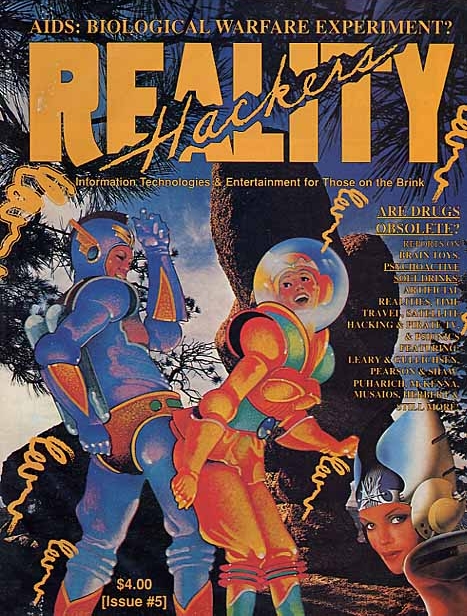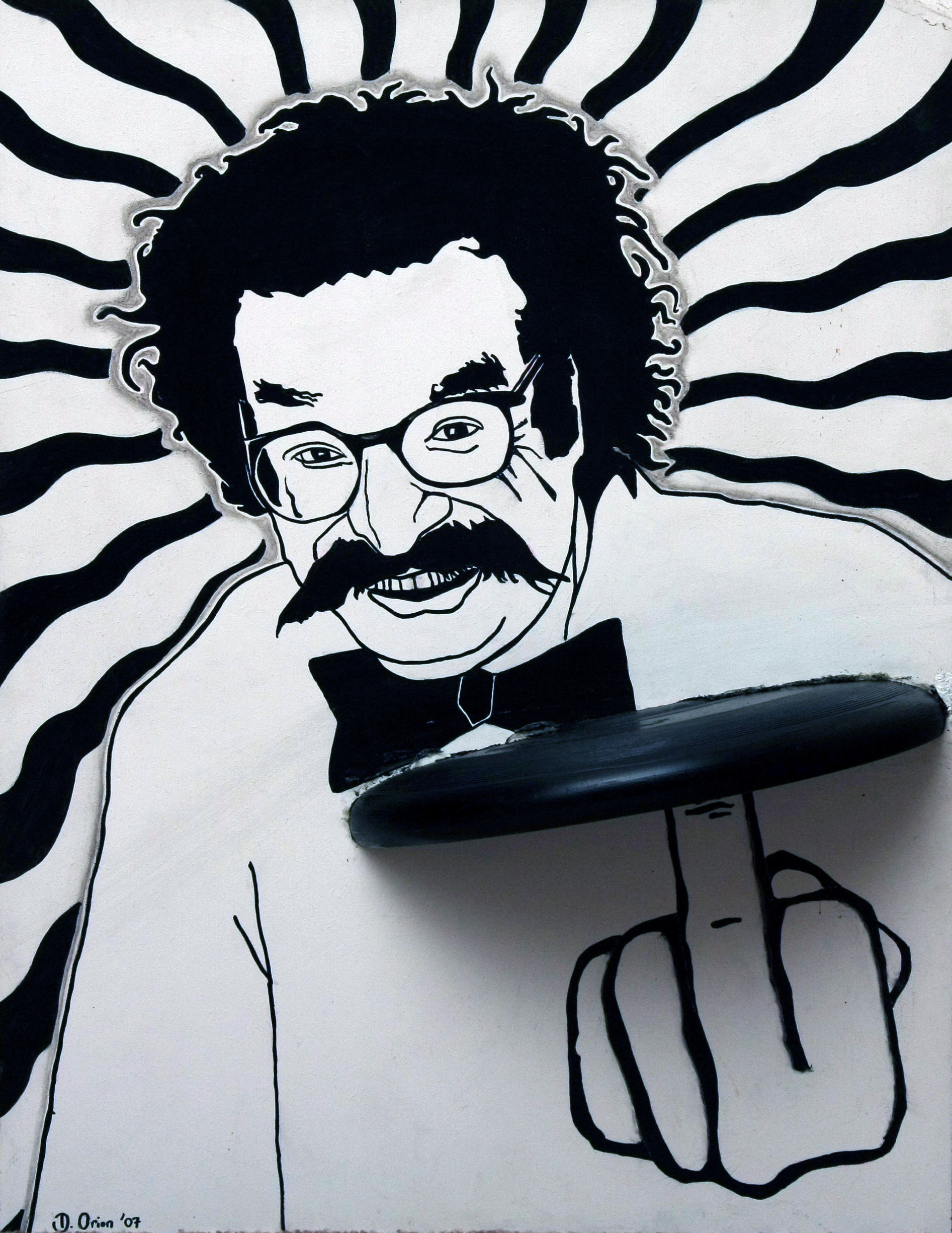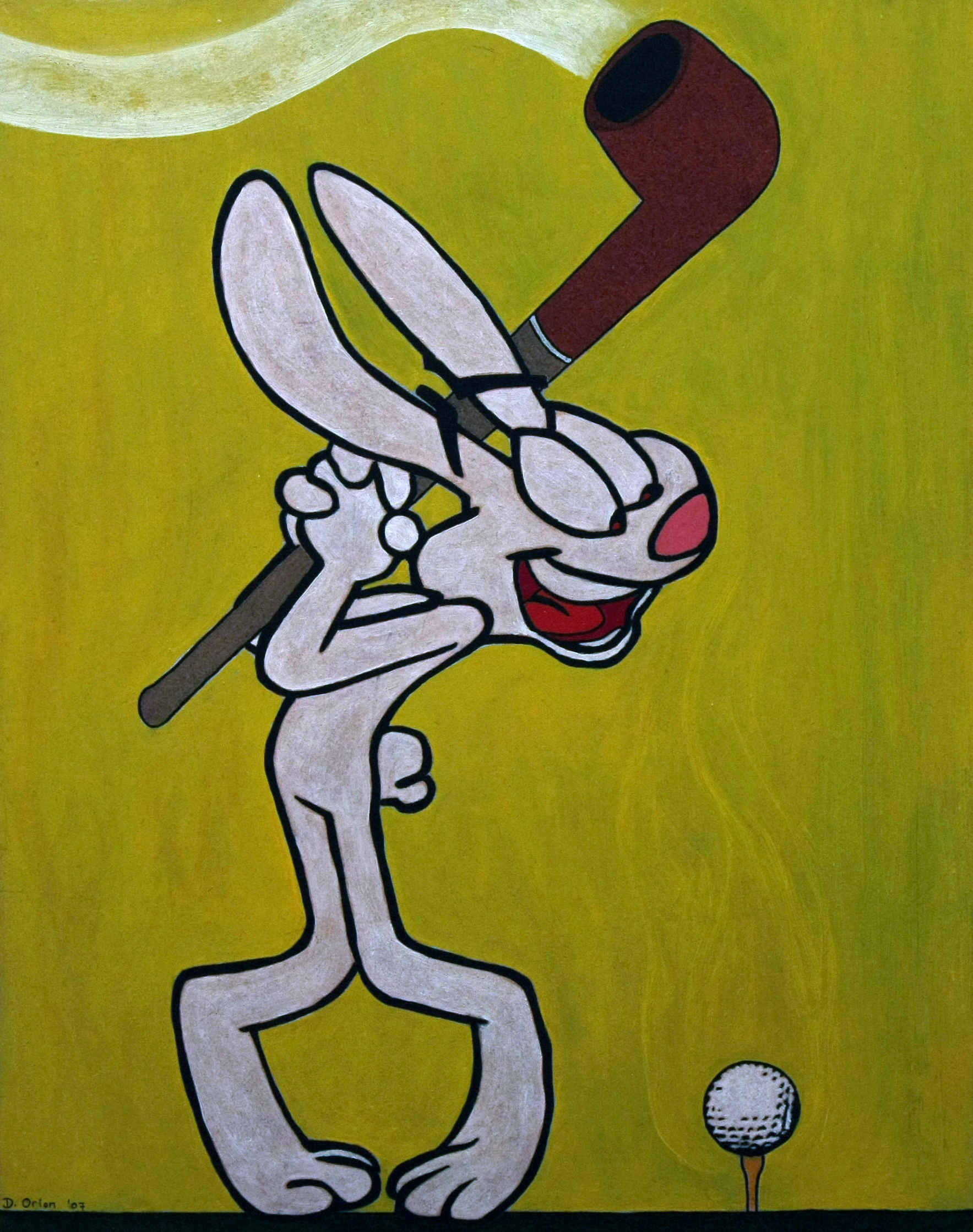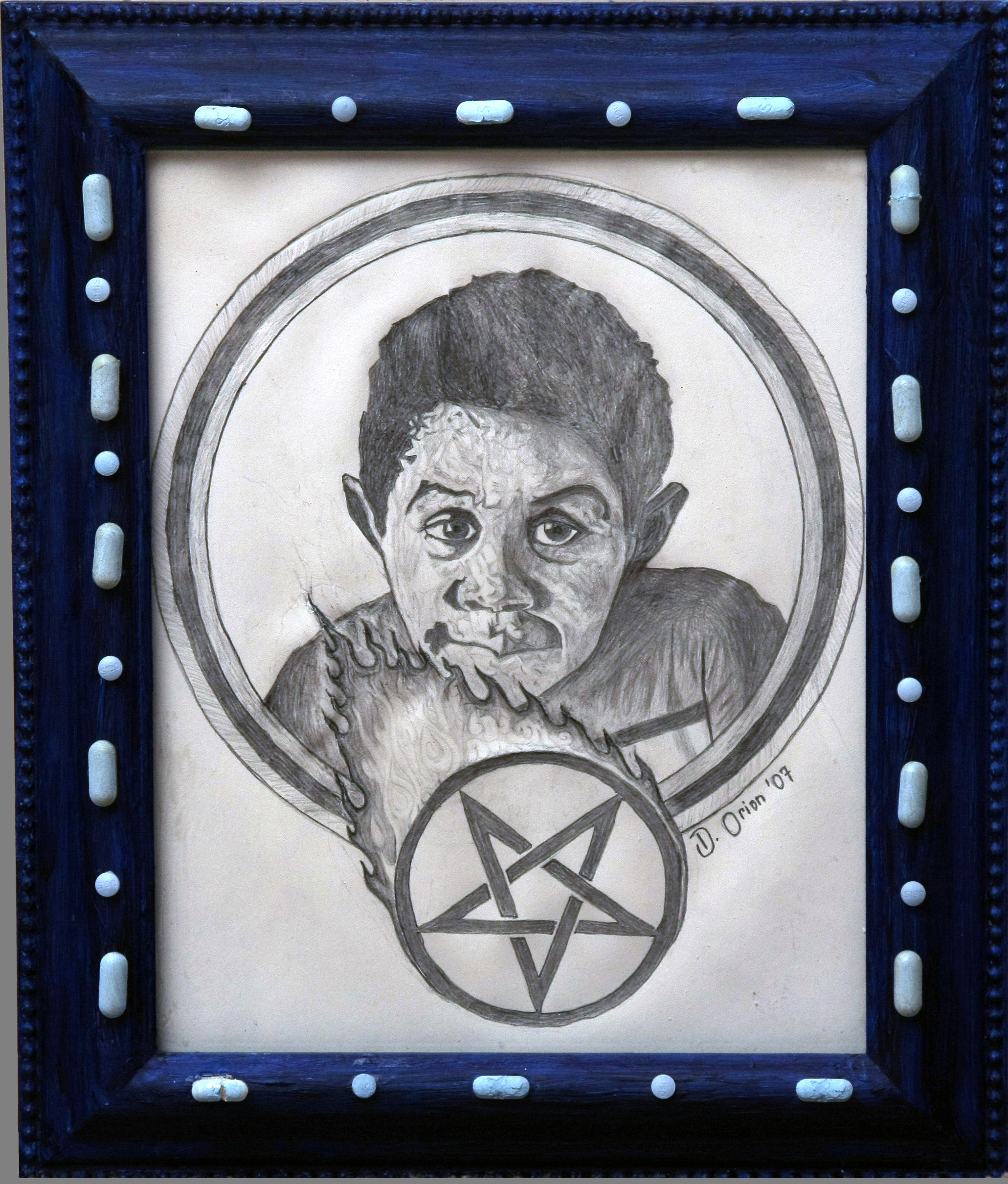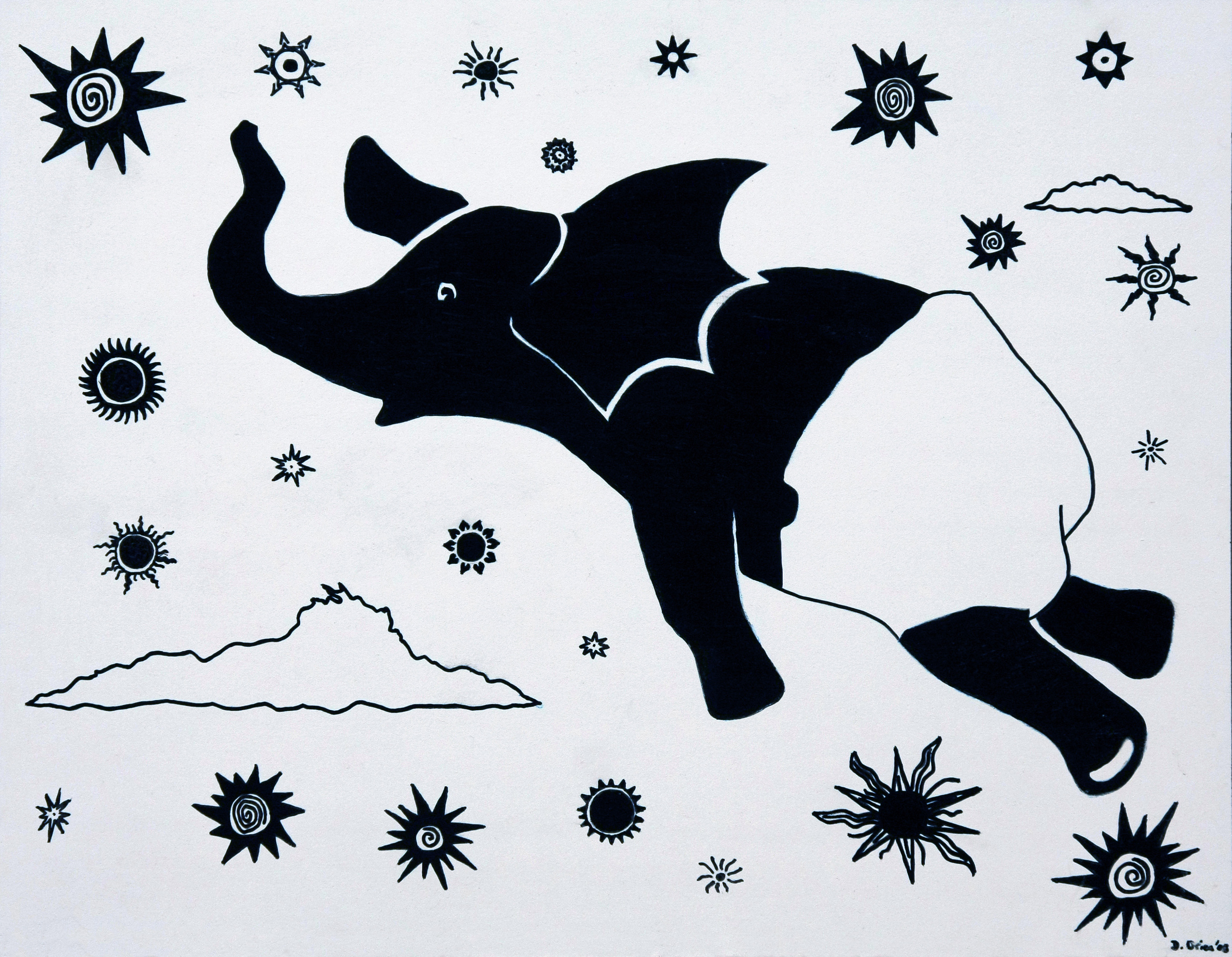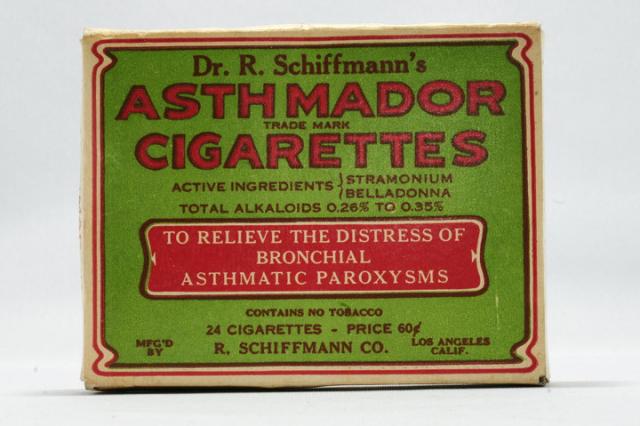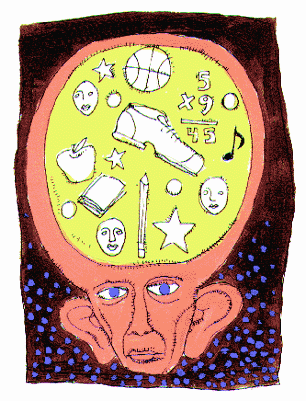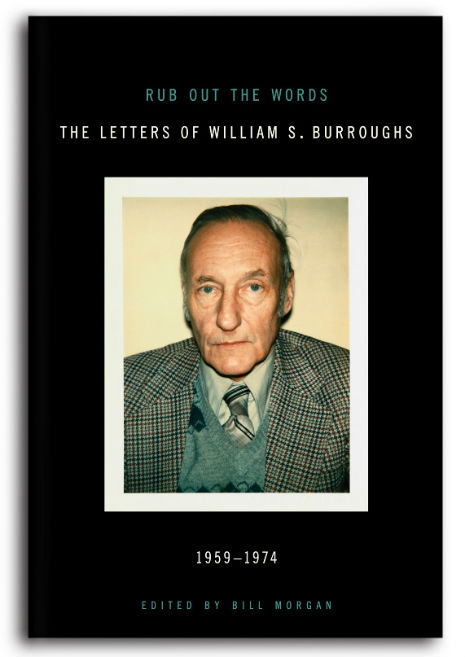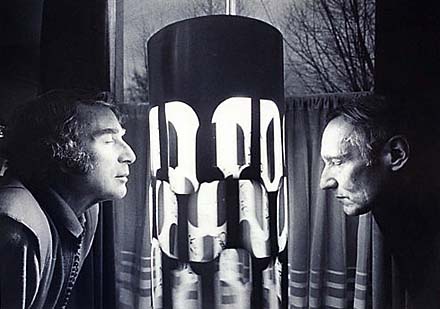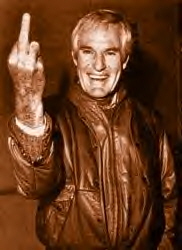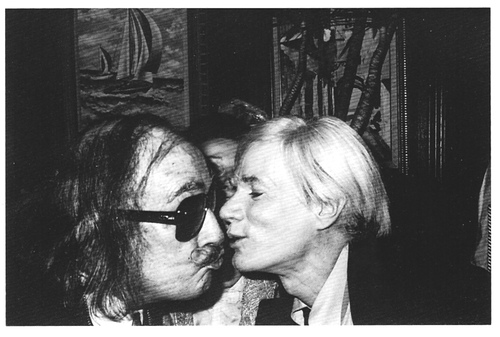From Psychedelic Magazine With A Tech Gloss To Tech Magazine With A Psychedelic Gloss (Mondo 2000 History Project Entry #23)
Another segment from the rough draft of Use Your Hallucinations: Mondo 2000 in the 20th Century Cyberculture. Note that “the total fucking transmutation of everything” is established as a conceit early in the narrative, thus its use here reflects on a major theme.
…Meanwhile, we made a rash decision. Despite High Frontiers relatively successful rise within the ‘zine scene (where 15,000 in sales was a pretty big deal), we decided to change the name of the magazine itself to Reality Hackers.Â
It was my idea.
We’d been hipped to cyberpunk SF and I’d read Gibson’s Neuromancer and Sterling’s Mirrorshades collection. His famous introduction for that book, describing what cyberpunk was doing in fiction — seemed to express precisely what a truly contemporary transmutational magazine should be about. Here are some parts of it:
The term, (cyberpunk) captures something crucial to the work of these writers, something crucial to the decade as a whole: a new kind of integration. The overlapping of worlds that were formerly separate: the realm of high tech, and the modern pop underground.
This integration has become our decade’s crucial source of cultural energy. The work of the cyberpunks is paralleled throughout the Eighties pop culture: in rock video; in the hacker underground; in the jarring street tech of hip hop and scratch music; in the synthesizer rock of London and Tokyo. This phenomenon, this dynamic, has a global range; cyberpunk is its literary incarnation…Â
An unholy alliance of the technical world and the world of organized dissent — the underground world of pop culture, visionary fluidity, and street-level anarchy…Â
For the cyberpunks… technology is visceral. It is not the bottled genie of remote Big Science boffins; it is pervasive, utterly intimate. Not outside us, but next to us. Under our skin; often, inside our minds.
Certain central themes spring up repeatedly in cyberpunk. The theme of body invasion: prosthetic limbs, implanted circuitry, cosmetic surgery, genetic alteration. The even more powerful theme of mind invasion: brain-computer interfaces, artificial intelligence, neurochemistry — techniques radically redefining — the nature of humanity, the nature of the self.
The Eighties are an era of reassessment, of integration, of hybridized influences, of old notions shaken loose and reinterpreted with a new sophisticationÂ
Cyberpunk favors “crammed” loose: rapid, dizzying bursts of novel information, sensory overIoad that submerges the reader in the literary equivalent of the hard-rock “wall of sound.” Â
Well, then…
Also, Jaron Lanier was hanging around some, sharing his lofty goals for virtual reality; and Eric Gullichsen, who was teaming up to do some writing with Timothy Leary — with whom he shared a mutual fascination with drugs, extreme technology and Aleister Crowley — was already even a bit deeper in the mix, while dreaming his own VR schemes. Various hackers like Bill Me Later and John Draper (Captain Crunch) were popping up with increasing frequency. Hanging in hacker circles, we were also befriended by John Morgenthaler, who was getting very serious about the exploration of smart drugs. Something was starting to surface. Several small subcultures were drifting together, and some of these, at times, esoteric groupings included men (yes, men) who were creating the next economy. Clearly, we were positioned to become the magazine of a slow baking gestalt.
Other factors played into this change. While a strutting, pop-intellectual, irreverent psychedelic magazine (in other words, High Frontiers) could surely build an audience somewhat larger than 15,000, we probably weren’t all that far from our optimum, unless we wanted to stifle our Gonzo-meets-Camp writerly excesses and dumb ourselves down to something more like a High Times for psychedelic drugs. Also, acid dealers didn’t advertise. The number of potential advertisers for a magazine that revolved primarily around psychedelics was limited, particularly in this “just say no†period. Hell, dope friendly humor was even voluntarily eliminated by Saturday Night Live, the once-hip show inspired by a Lorne Michaels mescaline trip.  And then, admittedly, by emphasizing technology, we could, in theory, put a bit of a buffer zone between ourselves and “the man†— throw him off our druggy tracks while sneaking sideways into the center of the oncoming digital establishment, all the better to affect the total fucking transmutation of everything (bwahaha)… or maybe even make a livelihood!
Lastly, it had really been my intention from the start to create a magazine that (to slightly detourne the original subhead of High Frontiers) was balanced between psychedelics, science, technology, outrageousness and postmodern pop culture. The psychedelic impulse had gloriously taken center stage for the first four years. Now it was time to push into new territory.
To consolidate my thoughts about the Reality Hackers, I wrote a small manifesto (a list, really) titled:
What Are The Reality Hackers Doing
1: Using high technology for a life beyond limits
2: Expanding the effectiveness and enjoyment of the human brain, mind, nervous system and senses
3: Blurring the distinction between science fiction and reality
4: Making big bureaucracy impossible
5: Entertaining any notion — using what works
6: Infusing new energy into postmodern culture
7: Using hardcore anthropology to understand human evolution
8: Using media to send out mutational memes (thought viruses)
9: Blurring the distinctions between high technology and magic
10: Replacing nerd mythology with sexy, healthy, aesthetic, & artful techno-magicians of both genders.
With this, I was also aligning the magazine ideologically with a transhumanist agenda. I’d attended meetings of a nanotechnology interest group hosted by Christine Peterson and, sometimes, Eric Drexler. I started to see the actual dim outlines of a plausible “total fucking transmutation of everything;†with molecular technology giving us total productive control over matter for unlimited wealth; biotechnology giving us the potential for positive mutations in the human organism; and neurotechnology theoretically allowing us to maximize our intelligence — not too mention cleaner, better highs with no downside.
Of course, we were maybe throwing away four years building a brand but, if we were anything, we were impulsive.
Ken Jopp: Reality Hackers was, to me, inelegantly titled. Still, the cyberpunk thing was revving up. The weekly tabloid in my town ran a cover story on hackers: teenagers who lugged computers into phone booths, and then, when nobody was looking, they made long-distance calls for free! This was subversive stuff. Off the Establishment! I bought the issue of Reality Hackers and adopted it and its kin as a cultural security blanket. These proto-Mondo publications, arriving during the Dark Ages of President Ronald Wilson Reagan (666), were a source of what later would become hollowed out to form a tinhorn. I mean, Hope and Change?
Lord Nose: I think it kept getting more and more mainstream in hopes of getting on to the newsstand and getting advertisers. It was being slowly made more palatable — or seemingly palatable — for the corporate interests that had no taste. I mean, it was so different. High Frontiers had a very different thrust.
Jeff Mark: Those of us serious about psychedelic exploration continued. Indeed, there was considerable activity, particularly around Tim Leary and Terence McKenna, but the momentum was spent. People started worrying about making a living. High Frontiers/Reality Hackers had to get their shit together.Â
Previous MONDO History Entries
Psychedelic Transpersonal Photography, High Frontiers & MONDO 2000: an Interview with Marc Franklin
Gibson & Leary Audio (MONDO 2000 History Project)
Pariahs Made Me Do It: The Leary-Wilson-Warhol-Dali Influence (Mondo 2000 History Project Entry #3)
Robert Anton Wilson Talks To Reality Hackers Forum (1988 — Mondo 2000 History Project Entry #4)
Smart Drugs & Nutrients In 1991 (Mondo 2000 History Project Entry #5)
LSD, The CIA, & The Counterculture Of The 1960s: Martin Lee (1986, Audio. Mondo 2000 History Project Entry #6)
William Burroughs For R.U. Sirius’ New World Disorder (1990, Mondo 2000 History Project Entry # 7)
New Edge & Mondo: A Personal Perspective – Part 1 (Mondo 2000 History Project Entry #8)
New Edge & Mondo: A Personal Perspective – Part 2 (Mondo 2000 History Project Entry #8)
The Glorious Cyberpunk Handbook Tour (Mondo 2000 History Project Entry #9)
Did The CIA Kill JFK Over LSD?, Reproduced Authentic, & Two Heads Talking: David Byrne In Conversation With Timothy Leary (MONDO 2000 History Project Entry #10)
Memory & Identity In Relentlessly Fast Forward & Memetically Crowded Times (MONDO 2000 History Project Entry #11)
The First Virtual War & Other Smart Bombshells (MONDO 2000 History Project Entry #12)
Swashbuckling Around The World With Marvin Minsky In How To Mutate & Take Over The World (MONDO 2000 History Project #13)
FAIL! Debbie Does MONDO (MONDO 2000 History Project Entry #14)
Paradise Is Santa Cruz: First Ecstasy (MONDO 2000 History Project Entry #15)
William Gibson On MONDO 2000 & 90s Cyberculture (MONDO 2000 History Project Entry #16)
Ted Nelson & John Perry Barlow For MONDO 2000 (MONDO 2000 History Project Entry #17)
R.U. A Cyberpunk? Well, Punk? R.U.? (MONDO 2000 History Project Entry # 18
The New Edge At The New Age Convention (MONDO 2000 History Project Entry #19)
The Belladonna Shaman (Mondo 2000 History Project Entry #20)
NeoPsychedelia & High Frontiers: Memes Leading To MONDO 2000 (MONDO 2000 History Project Entry #21)
“I’d Never Met A Libertarian Before†(Mondo 2000 History Project Entry #22)

